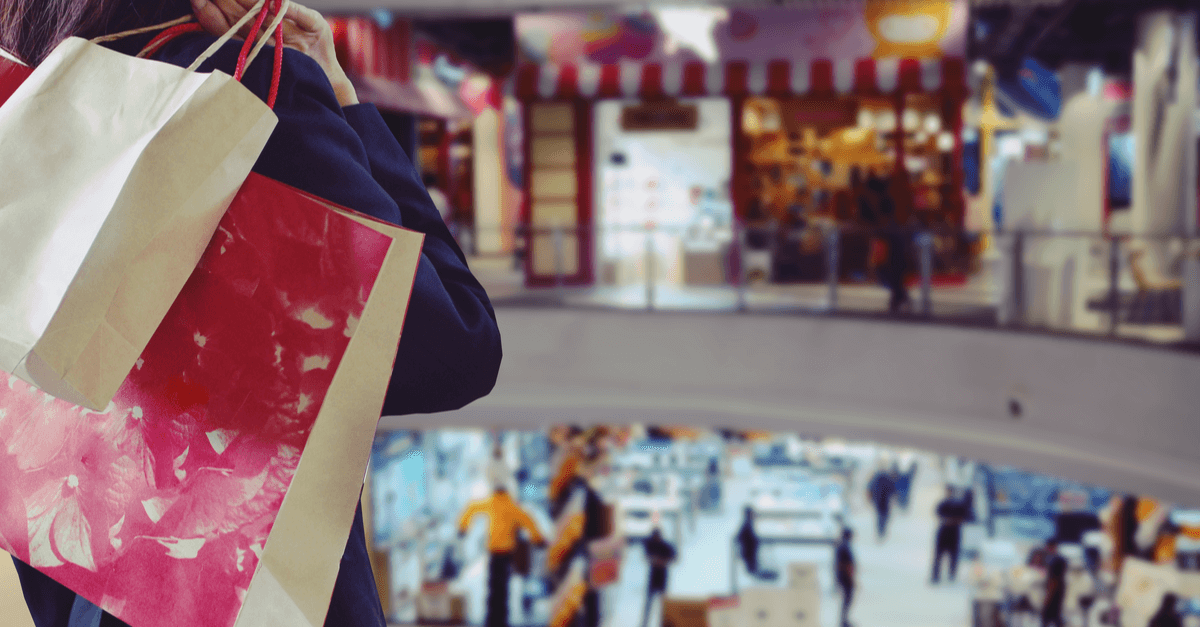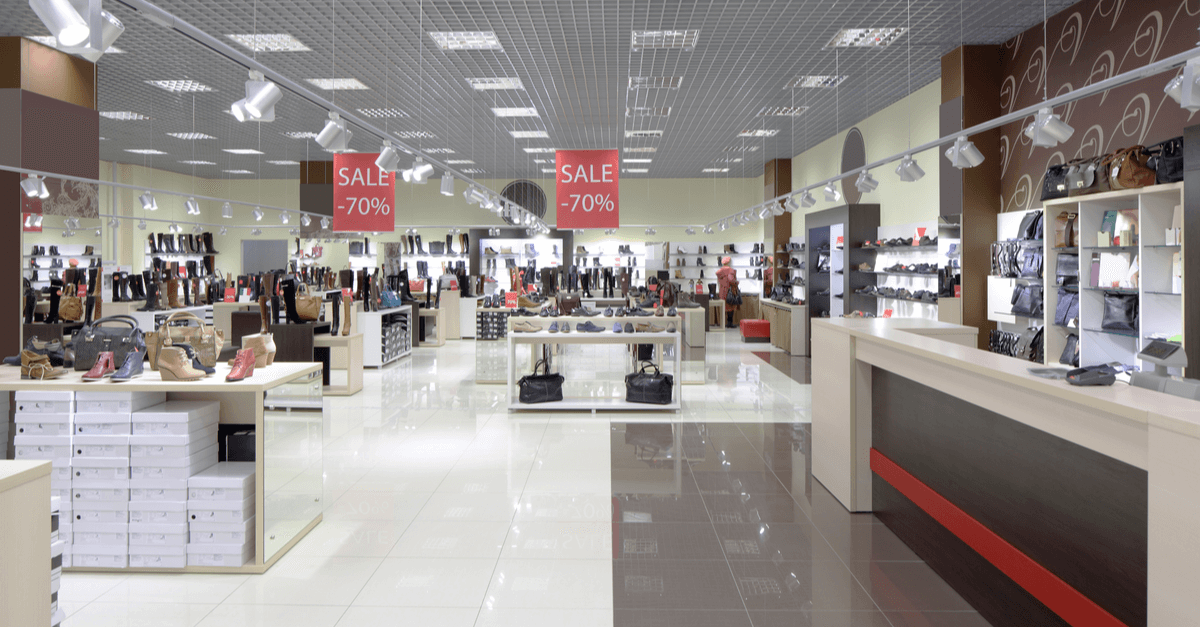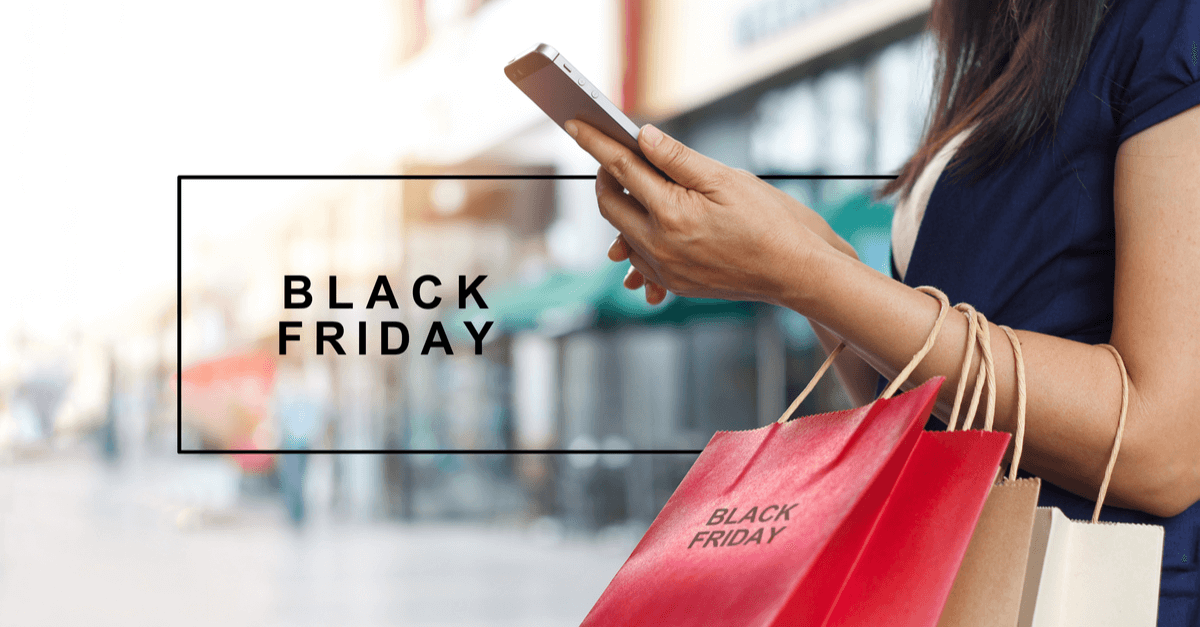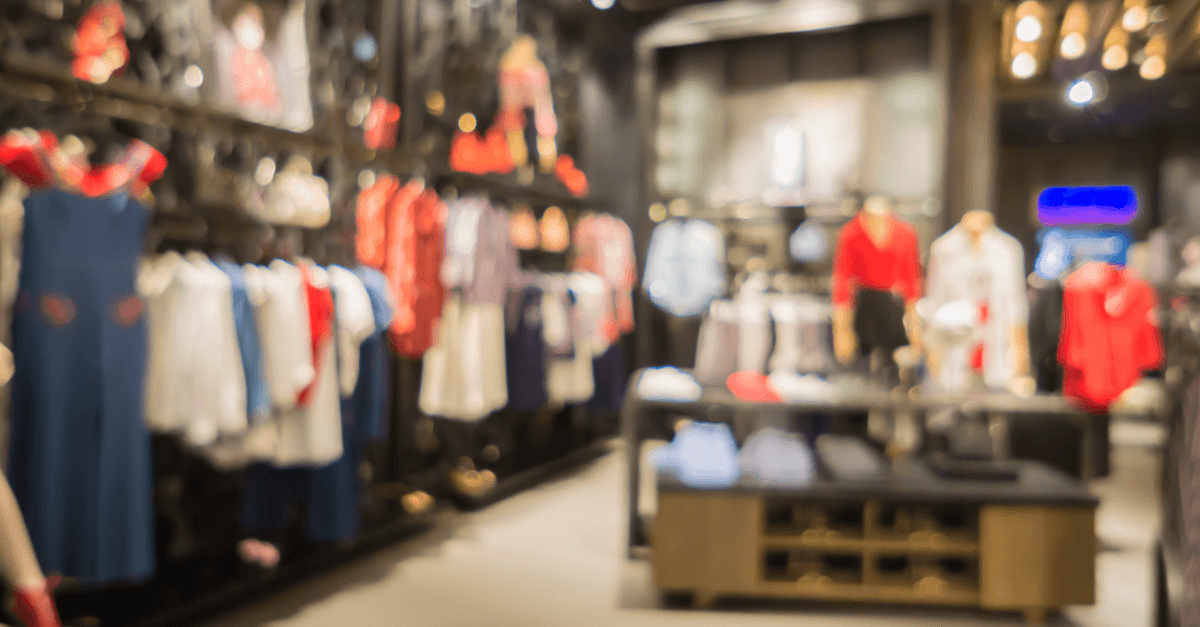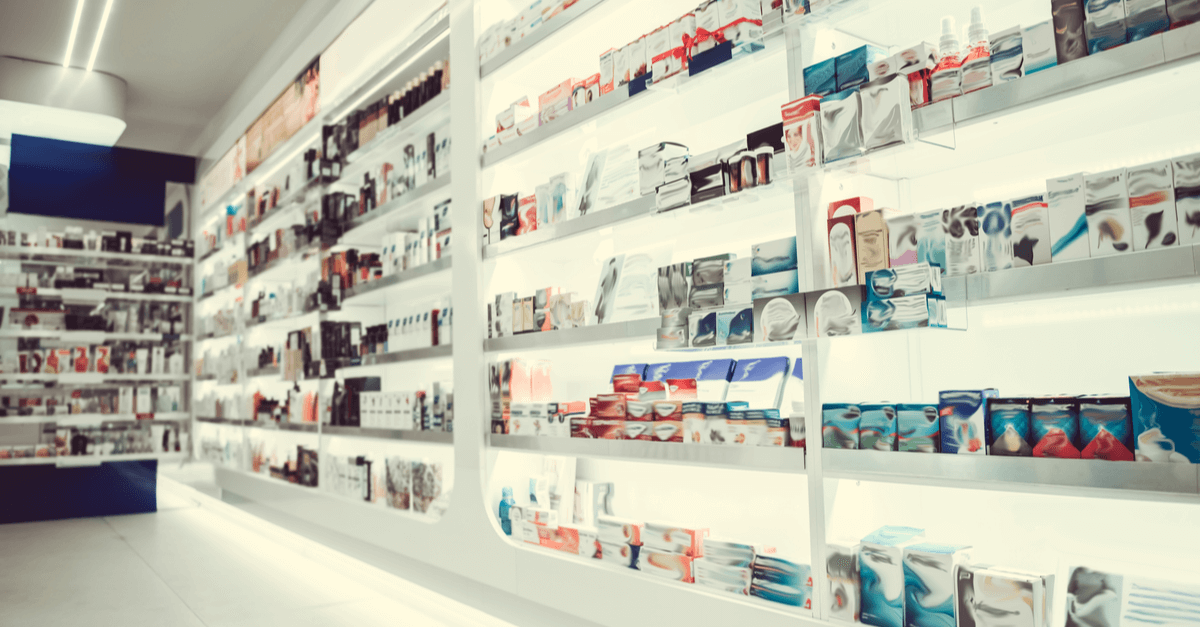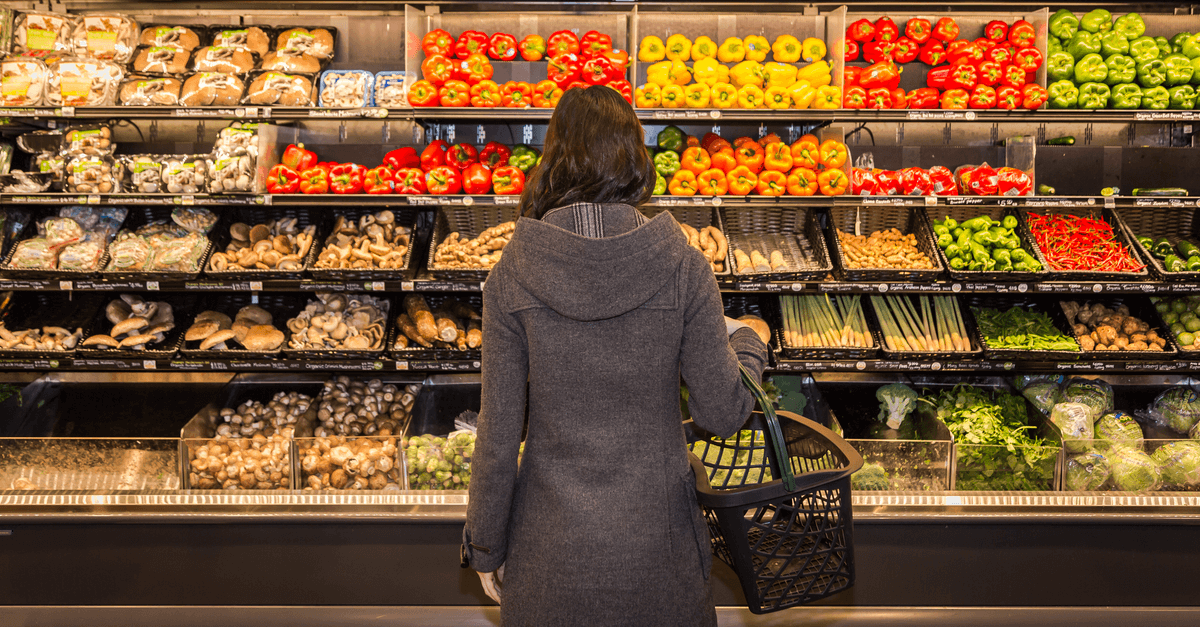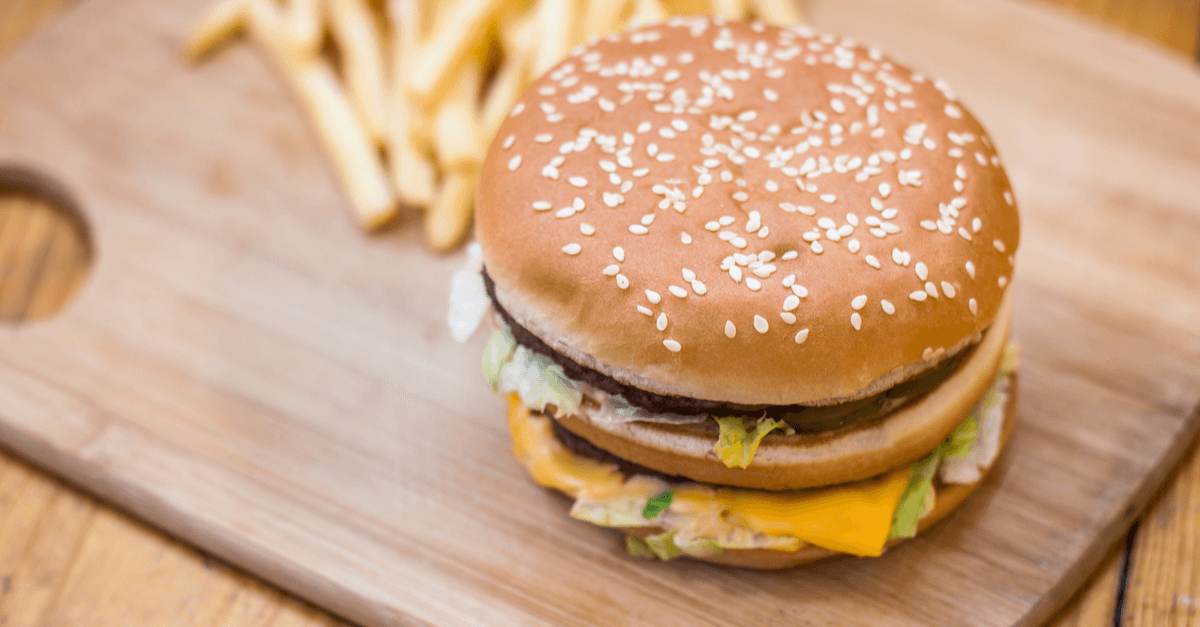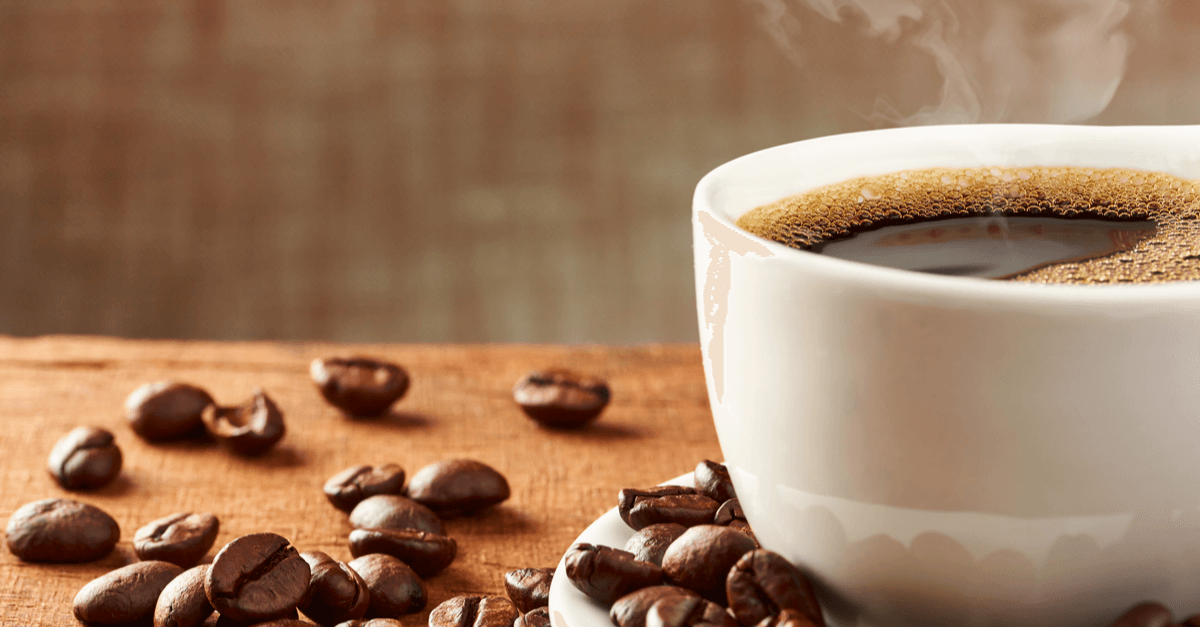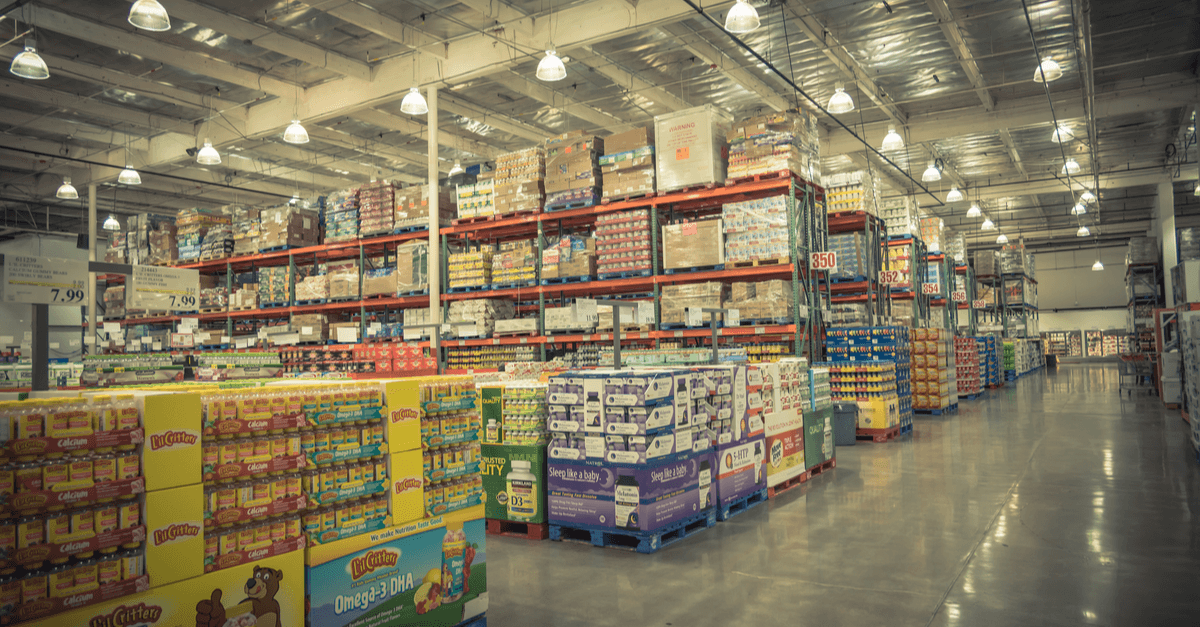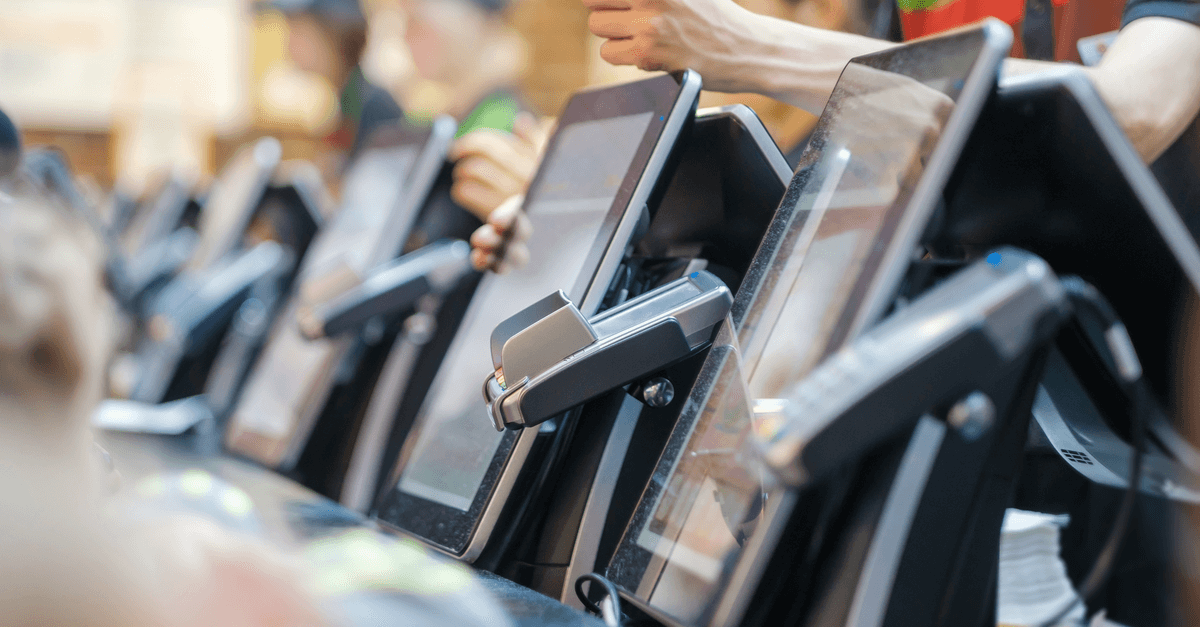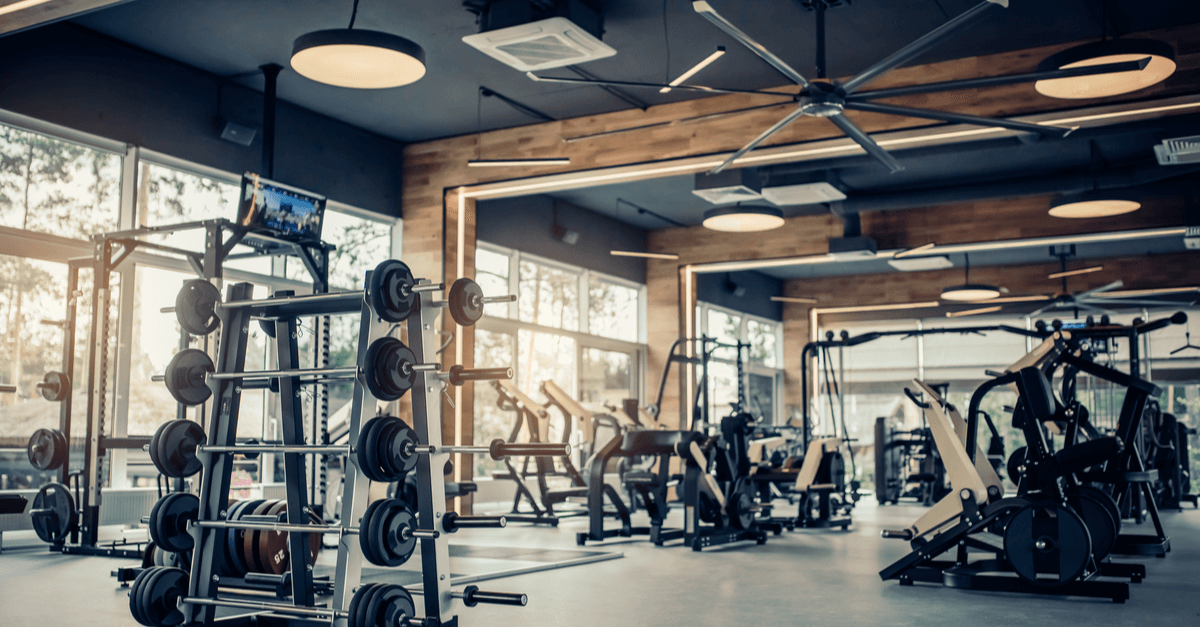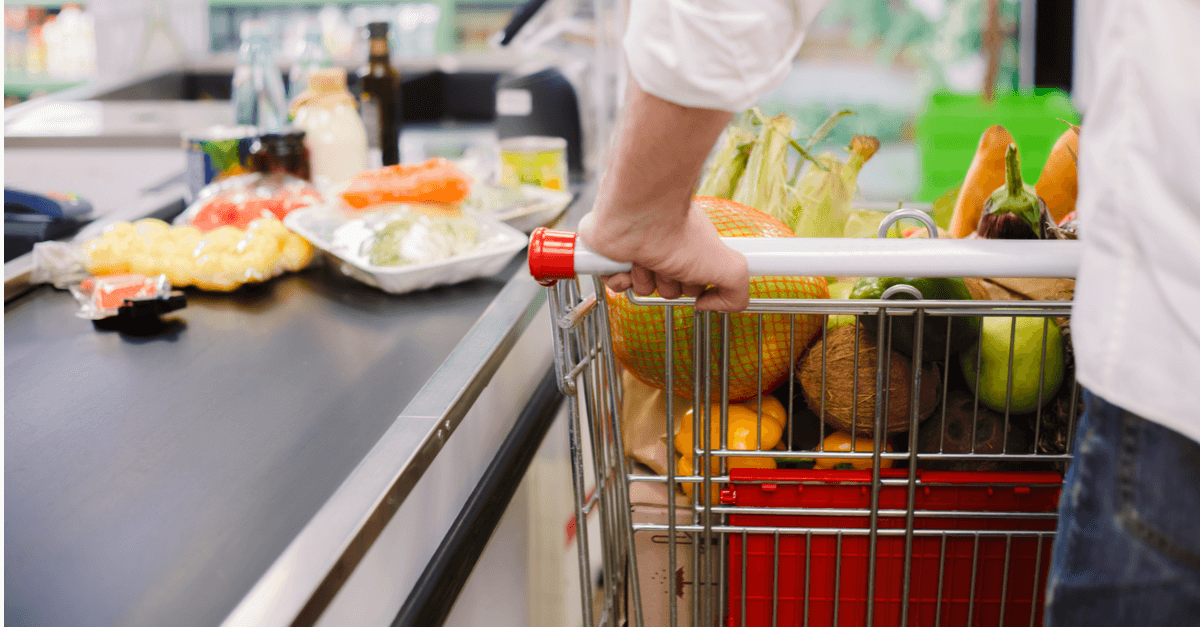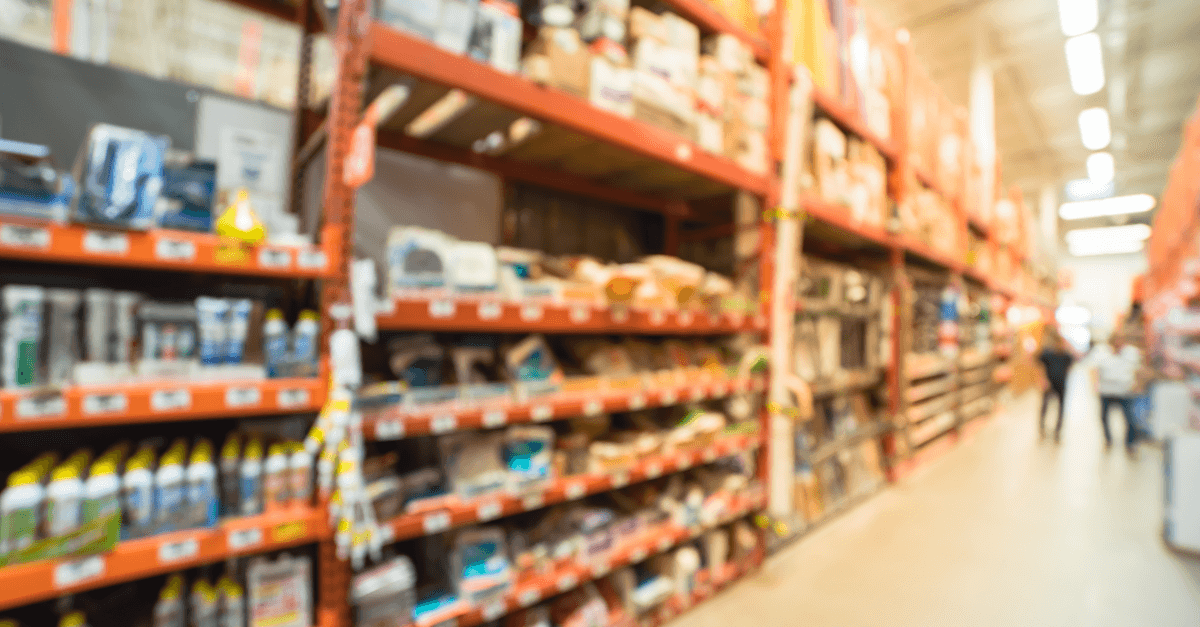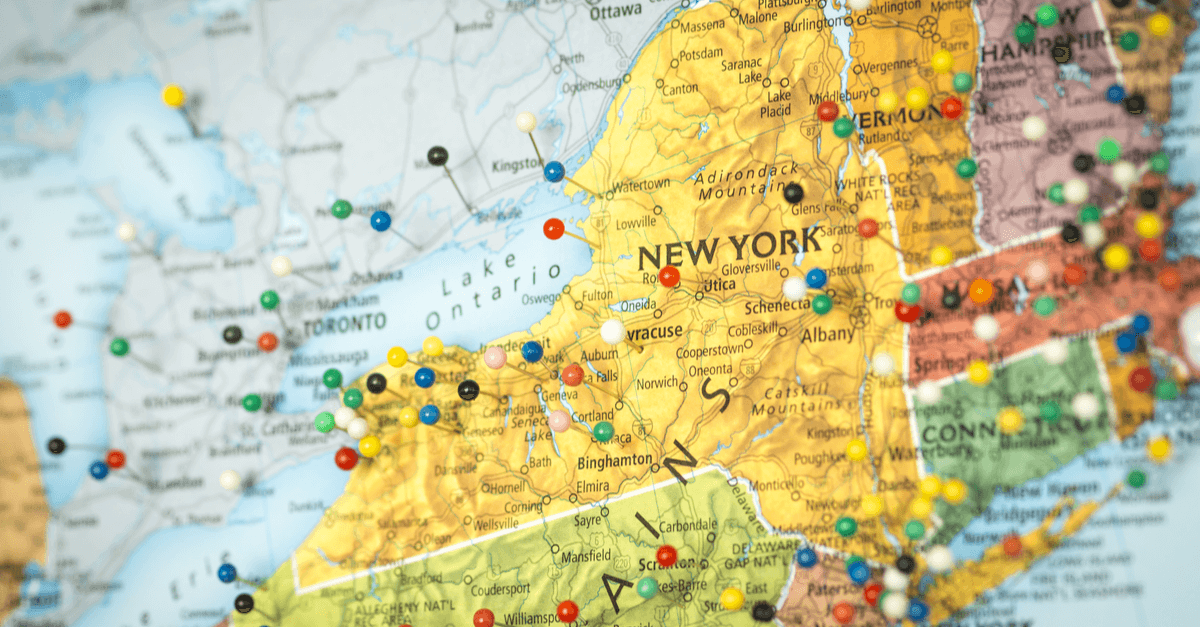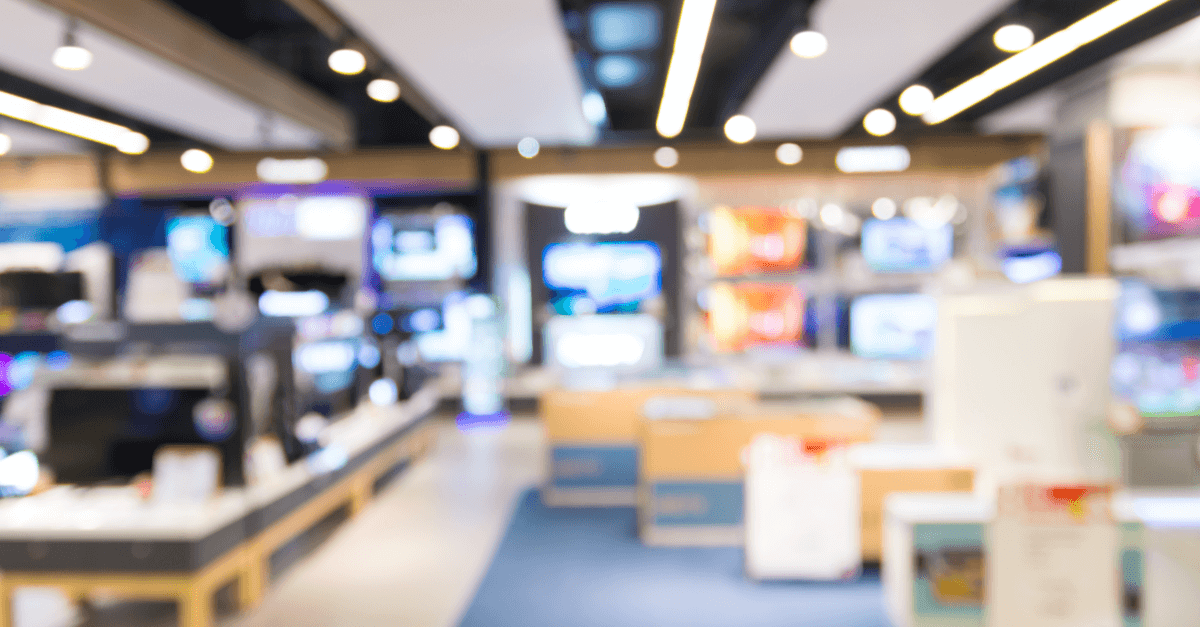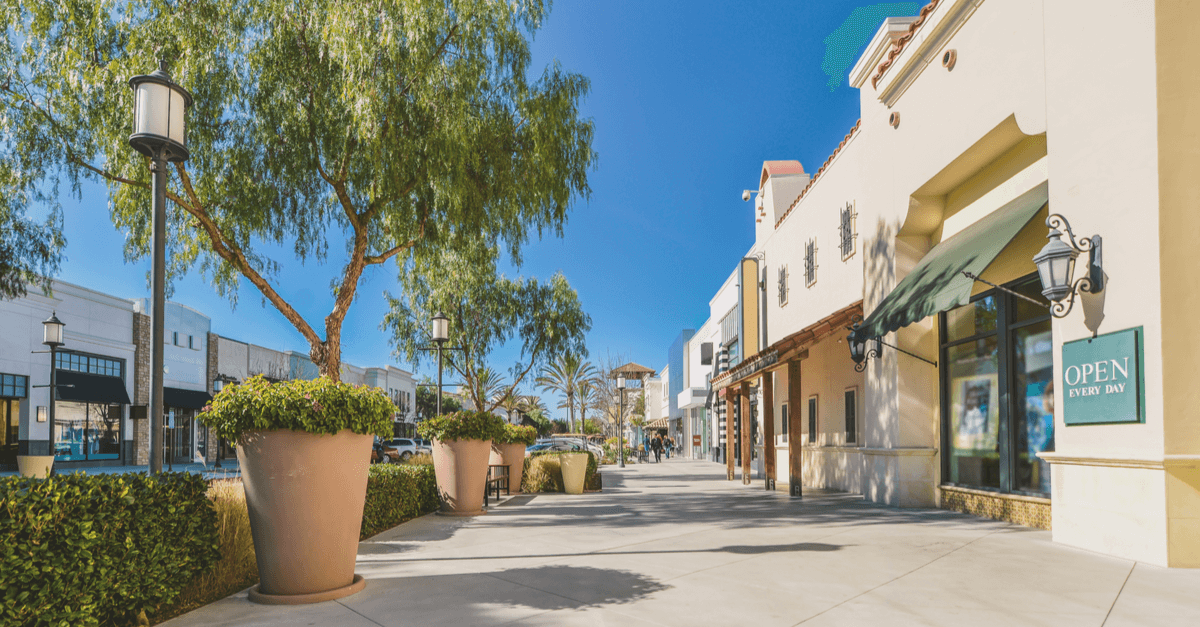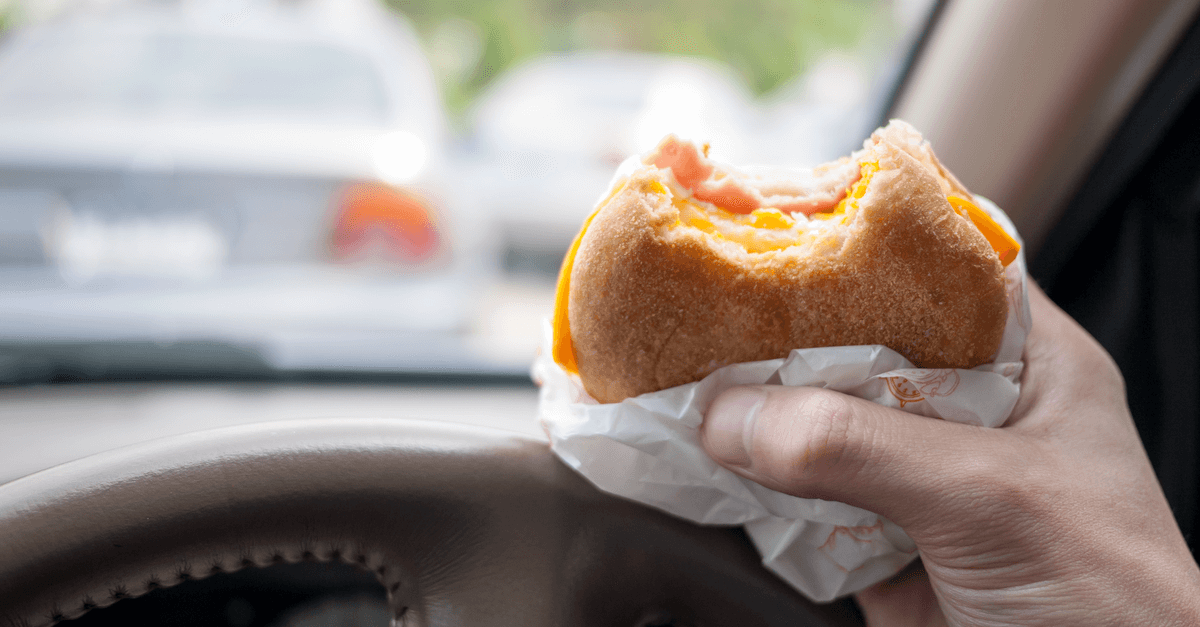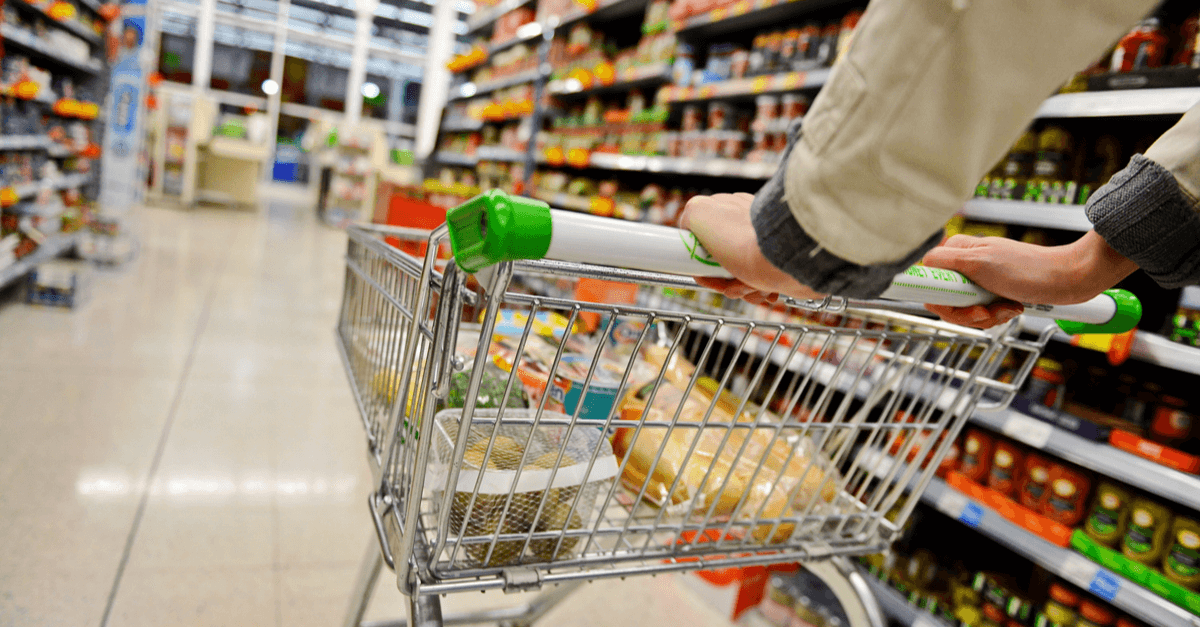In this Placer Bytes, we dive into Kohl’s amidst wider concerns over the future of the department store and the impressive performances across the TJX portfolio. Kohl’s has experienced a strong recovery in recent months with June and July down just 26.7% and 26.1% year over year. And while this still marks significant declines, the brand has been hit hard by COVID resurgences in key states like California and Texas where they have a greater number of stores.
In this Placer Bytes we dive into the data and recoveries for three major apparel retailers – Macy’s, JCPenney and Dillard’s. Macy’s started off 2020 with mixed results, with year-over-over visits for January down 0.9% but up 6.4% for February. As expected, visits dropped to 62.7% down for March as coronavirus hit the United States, and continued to decline into April – bottoming out completely.
With Walmart and Target among some of the brands announcing that they won’t be opening this Thanksgiving, a lot of attention is going to focus on Black Friday’s ability to make up the difference. So, is Black Friday still as critical as we think? And how might traffic patterns change if more retailers close on the day before?
In this Placer Bytes, we dive into Hibbett’s growth and the overall strength of the sporting goods sector, and break down the latest from Panera. Hibbett Sports has had an exceptionally strong run lately, and analyzing visit trends for the brand shows that this should be of little surprise. Like industry leader Dick’s Sporting Goods, Hibbett kicked off 2020 with a bang, with 5.7% and 9.6% year-over-year visit growth in January and February respectively.
When Disney reopened in a hard-hit Florida, there was little anticipation of normalcy, but many felt the reopening failed to live up to expectations. Even comparing weekly visits to crosstown theme park rival Universal Studios saw Disney with larger gaps in terms of year-over-year traffic for the weeks of July 6th and July 13th. Yet, not only is the growth coming for Disney, but even the gap with Universal is also closing.
In this Placer Bytes, we break down traffic for one of the top pharmacies and analyze the recoveries for Wendy’s, Shake Shack and Wingstop. Though clearly within the essential retail category, CVS felt the impact of COVID. Visits reached a low point in April with traffic down 36.8% year over year. Yet, from that point, the brand has seen a strong recovery with visits down 27.8% year over year in May and just 10.6% in June.
Sprouts was a brand in the midst of a very strong run heading into 2020. Between 2018 and 2019, the brand saw visitor growth of 3.2% and 2020 kicked off with small, but respectable year- over-year visit increases of 0.2%, 3.5%, and 2.1% for January, February, and March respectively.
In this Placer Bytes we take a bite out of McDonald’s, dive into the data surrounding Yum! Brands and check in on The Cheesecake Factory. One of the top QSR players, McDonald’s had a strong start to 2020. Monthly traffic for the brand was up year-over-year 7.9% and 13.4% for January and February respectively.
Starbucks and Dunkin’ Donuts are two of the most well-known and well-loved brands in the country. And while they were hit hard by the pandemic, recovery is underway for both. The shutdown meant more than closed stores and work from home, it represented a fundamental shift in the normal patterns of behavior for most people in the country.
The wholesale sector has been so thoroughly dominated by Costco in recent years, that one can be forgiven for ignoring other players in the space. Yet, Sam’s Club has been on the rise and BJ’s Wholesale has seen a massive surge since the start of the pandemic. So, has the space gotten more competitive with Costco seeing downturns in visits for the first time in years? Can the giant recover considering it still operates heavily in some of the hardest-hit states?
In this Placer Bytes, we break down Tractor Supply’s surge, Chipotle’s post-shutdown status, and the potential of some of Bloomin’ Brands’ top assets. Tractor Supply did not kick off 2020 with the strongest start, but the company’s pandemic and recovery performance have been especially impressive. Even with the difficulties created by the COVID pandemic, the brand has seen four out of six months in 2020 with year-over-year visit growth including massive jumps of 31.6% and 19.9% in May and June, respectively.
On the whole, June was a significant step forward for the wider fast food industry, but the month did show signs that leading brands may not be in the clear just yet. Analyzing eight top brands across the fast-food sector saw June bring a further push to the overall sector’s recovery. The group saw an average year-over-year decline of 27.1% in June, a significant improvement on visits that were down an average of 37.3% year over year in May and 54.4% at the pandemic’s shutdown peak in April.
Gyms were one of the first sectors to close among the spread of the pandemic, and rightfully so. But, as the economy begins to reopen across the country and gyms are permitted to open again, how will they perform? With most people working from home and creating their own “at-home” gyms, will the sector be able to bounce back?
There are few sectors as central to the retail experience as grocery chains, and the wider space experienced a unique form of upheaval because of the pandemic. We dove into June data to get a sense of the pace of recovery, and which brands are well-positioned for the months to come. Spoiler – we also dug into early July.
Early in 2020, we put together a list of brands that would end the year as clear winners. And halfway through, we’re still feeling good about our picks. Target’s pandemic low has been replaced by a recovery surge. Ulta, CVS, Chick-fil-A, and Chipotle are already within striking distance of 2019 levels, and even Bed Bath & Beyond is showing strength in recent weeks.
New York is reopening and the success here could provide critical insights into the nature of the wider retail recovery. New York City was among the hardest-hit cities and the state was one of the hardest-hit states, and if a rebound can successfully happen here, there is tremendous room for optimism throughout the country. So has the recovery shown thus far.
At the start of 2020, we made our predictions for the year’s winners and our boldest was Bed Bath & Beyond. So, this might be confirmation bias, but when we saw how quickly its visits have been returning to normal, even with store closures being announced and fewer stores than a year prior due to the pandemic, the excitement in the air was palpable. Weekly visits for the brand were down just 22.0% year over year the week of June 15th, compared to being down 71.9% just a few weeks prior.
A common narrative during the COVID recovery period has been that indoor malls are facing a near existential crisis. To analyze the validity of this argument, we dove into ten of the top indoor malls and ten of the top outdoor centers to compare their relative performance in order to break down the pace of recovery and the potential for the coming months.
As we make our way deeper into the retail recovery, the question of the lingering impact on certain behavioral changes comes to the forefront. What’s changed? How much did it change? And which of these changes have true staying power? And nowhere is this question more significant than for top QSR brands that had a clear morning orientation.
Yes, it was considered essential retail during the pandemic, but Target was still hit very hard. The year kicked off incredibly well, but visits saw a significant downturn, especially compared to superstore competitor Walmart. While Walmart’s traffic never dipped below 20.0%, Target saw visits drop 32.2% compared to the same month in 2019.







